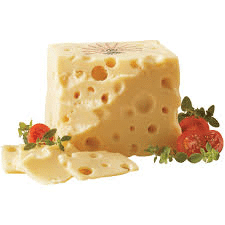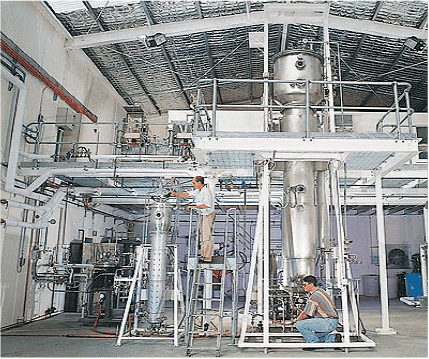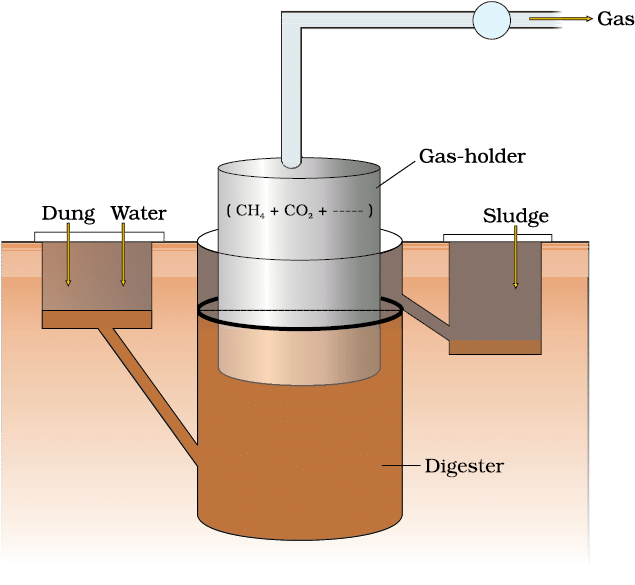Mnemonics: Microbes in Human Welfare | Biology Class 12 - NEET PDF Download
1. Microbes in Household Products
Concepts: Lactic acid bacteria (LAB, e.g., Lactobacillus) for curd; bacteria for dosa/idli dough fermentation (CO₂ production); Saccharomyces cerevisiae (baker’s yeast) for bread; microbes for toddy, fish, soybean, bamboo-shoot fermentation; Propionibacterium sharmanii for Swiss cheese (CO₂ holes); fungi for Roquefort cheese flavor.
Mnemonic: "Lacto Curds, Yeast Breads, Prop Swiss, Fungi Roq"
Breakdown:
Lacto → Lactobacillus (LAB) converts milk to curd, producing acids and vitamin B12.
Curds → Curd formation via LAB coagulation of milk proteins.
Yeast → Saccharomyces cerevisiae ferments bread dough, producing CO₂ for puffing.
Breads → Bread, dosa, idli dough rely on microbial fermentation (CO₂ via glycolysis).
Prop → Propionibacterium sharmanii produces CO₂ for large holes in Swiss cheese.
Swiss → Swiss cheese’s texture from Propionibacterium.
Fungi → Specific fungi ripen Roquefort cheese for its flavor.
Roq → Roquefort cheese’s unique taste.

2. Microbes in Industrial Products
Concepts: Saccharomyces cerevisiae for ethanol (beverages); Penicillium notatum for penicillin; Aspergillus niger for citric acid; Acetobacter aceti for acetic acid; Clostridium butylicum for butyric acid; Lactobacillus for lactic acid; Streptococcus for streptokinase; Trichoderma polysporum for cyclosporin A; Monascus purpureus for statins; microbes for lipases, pectinases, proteases.
Mnemonic : "Sacc Brews, Pen Blocks, Asper Citric, Aceto Vinegar, Clost Butyric, Lacto Lactic, Strep Clots, Trich Immune, Mona Statins"
Breakdown:
Sacc Brews → Saccharomyces cerevisiae ferments cereals/fruit juices to produce ethanol for beverages.
Pen Blocks → Penicillium notatum produces penicillin, blocking disease-causing microbes.
Asper Citric → Aspergillus niger produces citric acid for food/industry.
Aceto Vinegar → Acetobacter aceti produces acetic acid for vinegar.
Clost Butyric → Clostridium butylicum produces butyric acid for chemical industries.
Lacto Lactic → Lactobacillus produces lactic acid for food/pharmaceuticals.
Strep Clots → Streptococcus produces streptokinase, a clot buster for heart patients.
Trich Immune → Trichoderma polysporum produces cyclosporin A, an immunosuppressant.
Mona Statins → Monascus purpureus produces statins, cholesterol-lowering agents.

3. Microbes in Sewage Treatment
Concepts: Heterotrophic microbes for primary (filtration, sedimentation) and secondary (aerobic flocs, anaerobic sludge digestion) treatment; flocs reduce BOD; anaerobic bacteria (e.g., Methanobacterium) produce biogas (methane, CO₂, H₂S).
Mnemonic: "Flocs Clean, Sludge Gas Pops"
Breakdown:
Flocs → Aerobic microbes form flocs (bacteria + fungal filaments) in aeration tanks.
Clean → Flocs consume organic matter, reducing BOD (biochemical oxygen demand).
Sludge → Activated sludge settles; anaerobic bacteria digest it.
Gas → Anaerobic bacteria (e.g., Methanobacterium) produce biogas (methane, CO₂, H₂S).
Pops → Biogas is inflammable, used as energy.

4. Microbes in Biogas Production
Concepts: Methanogens (e.g., Methanobacterium) produce biogas (methane, CO₂, H₂) from cellulosic material (cattle dung); used in rural biogas plants for cooking/lighting.
Mnemonic: "Methano Dung Sparks Gas"
Breakdown:
Methano → Methanobacterium (methanogens) anaerobically digest cellulose.
Dung → Cattle dung (gobar) provides cellulosic material.
Sparks → Biogas (methane-rich) is produced in biogas plants.
Gas → Methane, CO₂, H₂ form inflammable biogas for fuel.

5. Microbes as Biocontrol Agents
Concepts: Bacillus thuringiensis (Bt) for butterfly caterpillars; Trichoderma for plant pathogens; Nucleopolyhedrovirus (baculoviruses) for insect pests; Ladybird for aphids; Dragonflies for mosquitoes.
Mnemonic: "Bt Zaps, Tricho Fights, Virus Bugs Lady"
Breakdown:
Bt → Bacillus thuringiensis (Bt) kills butterfly caterpillars via toxin (used in Bt-cotton).
Zaps → Bt toxin, sprayed or genetically engineered, targets insect larvae.
Tricho → Trichoderma (fungus) controls plant pathogens in roots.
Fights → Trichoderma acts as a biocontrol agent.
Virus → Nucleopolyhedrovirus (baculoviruses) kills insects (species-specific).
Bugs → Baculoviruses target arthropod pests, sparing non-target species.
Lady → Ladybird beetles control aphids; Dragonflies control mosquitoes.
6. Microbes as Biofertilizers
Concepts: Rhizobium (symbiotic nitrogen fixation); Azospirillum, Azotobacter (free-living nitrogen fixation); Glomus (mycorrhiza, phosphorus uptake); Anabaena, Nostoc, Oscillatoria (cyanobacteria, nitrogen fixation in paddy fields).
Mnemonic: "Rhizo Roots, Cyano Pads, Fungi Feed"
Breakdown:
Rhizo → Rhizobium fixes nitrogen in leguminous root nodules.
Roots → Symbiotic bacteria enrich soil with organic nitrogen.
Cyano → Cyanobacteria (Anabaena, Nostoc, Oscillatoria) fix nitrogen in paddy fields.
Pads → Cyanobacteria add organic matter to rice fields.
Fungi → Glomus (mycorrhiza) absorbs phosphorus for plants.
Feed → Mycorrhiza boosts plant growth, resistance to pathogens.
|
59 videos|290 docs|168 tests
|
FAQs on Mnemonics: Microbes in Human Welfare - Biology Class 12 - NEET
| 1. What are the roles of microbes in human welfare? |  |
| 2. How do microbes contribute to agriculture? |  |
| 3. What are some examples of beneficial microbes used in medicine? |  |
| 4. Can microbes have a negative impact on human health? |  |
| 5. How are microbes used in waste management? |  |
















